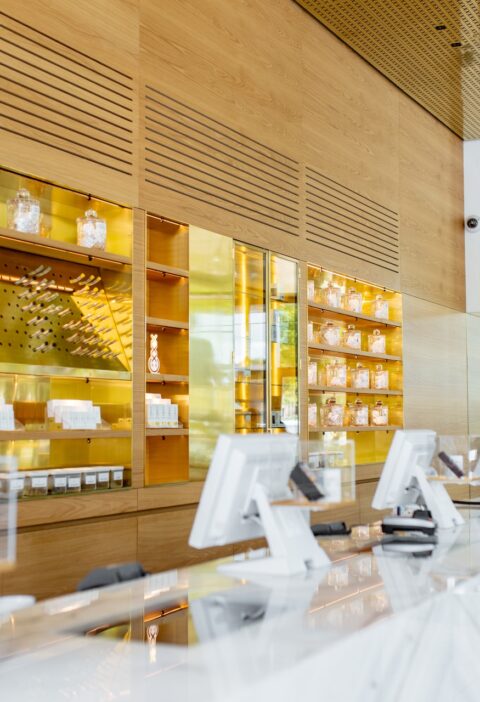You breathe 100% pure oxygen inside a pressurized chamber during hyperbaric oxygen therapy. Your ears may pop during the treatment, like flying in a descending airplane or driving down a mountain.
These treatments are not only safe, but they can dramatically speed up wound healing. Some conditions that can benefit from HBOT include:
Increased Circulation
Ear infections, carbon monoxide poisoning, and non-healing wounds are frequently treated using hyperbaric oxygen therapy. It can also treat osteomyelitis, failing flaps and grafts, burns, and tissue damage caused by radiation (radiation cystitis or radionecrosis).
The oxygen in the pressurized chamber helps your body’s cells make more energy, which speeds up healing. It also enhances the effect of antibiotics in reducing infection and promotes angiogenesis, which means new blood vessels grow to help your body heal itself.
Patients lie in a multiperson chamber resembling a large hospital room, wearing a lightweight, transparent hood. Some people who have claustrophobia experience anxiety in this situation, but treatment is usually painless. It only takes about two hours to complete the session.
Increased Blood Oxygenation
A lack of oxygen significantly contributes to wound and tissue deterioration. In addition to providing the body with a safe environment for healing, hyperbaric oxygen therapy significantly increases the amount of oxygen available within cells and tissues.
Local vasodilation and vascular permeability increase following tissue injury, increasing the distance for oxygen diffusion from blood vessels to cells. It impedes the inflammatory process that assists in the commencement of wound/tissue repair.
During treatment, you will sit or lie in a monoplane chamber filled with pure oxygen at pressures up to three times greater than regular air. The treatment session lasts for approximately an hour. During the session, you can keep entertained by watching TV on the monitor above the chamber, sleeping, or listening to music, podcasts, or audiobooks.
Increased Cell Regeneration
The influx of oxygen during hyperbaric treatment allows cells to regenerate faster. It supports the development and action of fibroblasts, cells that develop scar tissue to repair wounds.
Increased oxygen availability also promotes vasoconstriction, allowing fluid reabsorption to reduce swelling and edema. It also improves the ability of white blood cells to eliminate infection-causing bacteria and microorganisms.
Hyperbaric oxygen therapy is safe, with few treatable side effects, such as pressure injury to the ear or lung, low blood sugar, and sinus problems. Patients can relax in the chamber by watching TV or reading. They may feel a slight pressure in their ears (similar to the feeling you might have when diving or flying on an airplane). The technician with them throughout their treatment will monitor their condition and answer questions.
Counteracts Toxins
The hyperbaric oxygen therapy chamber provides a high concentration of pure oxygen to the body. The pressure in the chamber forces the oxygen into body tissues and more profound areas it cannot usually reach with ordinary air.
Oxygen is essential for life, and a lack of it can cause cellular stress and inflammation. HBOT can help to restore oxygen levels and reduce inflammation.
The treatment is generally safe, and side effects are temporary. However, a few people can experience oxygen poisoning if they breathe too much pure oxygen. They may feel fullness in the ears or lightheadedness. It is also vital to discuss HBOT with your healthcare provider if you have any medical implants, such as pacemakers or cochlear implants. They can tell you if the treatment is proper for you.
Increased Endurance
When your body is flooded with oxygen, it increases your capacity to perform physically. It also helps improve your stamina, which makes HBOT an excellent choice for athletes looking to improve their performance.
Some studies have found that athletes who undergo regular hyperbaric treatments can heighten their aerobic endurance. This treatment encourages the development of new blood vessels, which increases the body’s oxygenation.
Patients will sit in a clear glass cylinder fitted with a hood pressurized with 100% oxygen during the treatment. Some people experience claustrophobia in this chamber, but relaxing and getting comfortable by listening to music or watching a movie is possible. Some people even take a nap. Once the treatment is over, your healthcare provider will help you out of the chamber and check the air pressure in your ears (like when you’re on an airplane). They will also examine your wounds.







